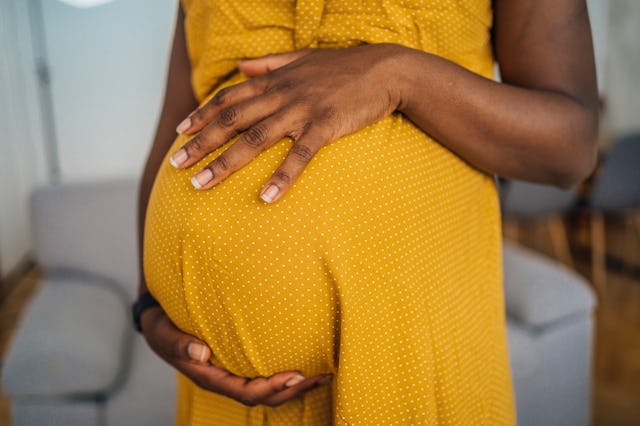Maternal Mortality Rates Were Up In 2024 After Post-Covid Decline
The increase was small, but some experts fear national trends may bode future increases.

Preliminary data from the Centers of Disease Control and Prevention (CDC) reveals that the U.S. maternal mortality rate — already the worst among so-called developed countries — rose last year after post-pandemic decreases in 2022 and 2023. All told, 19 more pregnant people and new mothers died in 2024 than the year before. While the data is not finalized and the increase nowhere near the sharp uptick in deaths from 2020 to 2021, some experts fear national trends may only make this statistic more grim in years to come.
Preliminary data from the CDC found 688 pregnancy related deaths last year
That’s approximately 19 deaths per 100,000. This includes those who die while pregnant, in childbirth, or within 42 days of delivery from pregnancy-related complications such as excessive bleeding and infection.
While this represents a modest increase from 18.6 the year before, it is nevertheless a troubling creep upward. And, as in the past, rates are far higher for Black women — approximately 49 per 100,000 — than the general population.
Maternal mortality has improved after a massive surge during the Covid-19 pandemic
Rates began to climb in 2020 as the pandemic swept hospitals across the U.S. In 2021 — Covid infections and complications, provider burnout, and understaffed hospitals — all contributed to the highest maternal mortality rate in 50 years, a staggering 32.9 deaths per 100,000. Since then, numbers have fallen to pre-pandemic levels, but this uptick is not encouraging, particularly as other factors complicate access to obstetric healthcare.
Experts fear abortion restrictions and hospital closures might make this issue worse
According to reporting from the Associated Press, experts fear political and economic factors since 2022 can and are making it more difficult to combat maternal mortality rates. Data from the USDA found that 146 hospitals in rural U.S. counties closed or otherwise stopped providing general, short-term, acute inpatient care. Of the 146 hospitals, 81 shut down completely, generally due to financial stress is the primary driver of rural hospital closures. By 2022, an estimated 52% of rural hospitals no longer had any maternity ward. In 2024, that number has risen to 57%.
Moreover, with the fall of Roe v Wade in 2022, new anti-abortion laws have complicated maternity care, particularly in regard to miscarriage, and have contributed to maternal deaths. Josseli Barnica, a mother in Texas, died after a Houston Hospital declined to medically intervene during a miscarriage in the belief that doing so would run afoul of the state’s strict — and unclear — abortion laws.
At least eight other women — Porsha Ngumezi, Amber Thurman, Candi Miller, Yeniifer Alvarez-Estrada Glick, Nevaeh Crain, Amber Nicole Thurman, Candi Miller, and Taysha Wilkinson-Sobieski — suffered similar fates in Texas, Indiana, and Georgia.